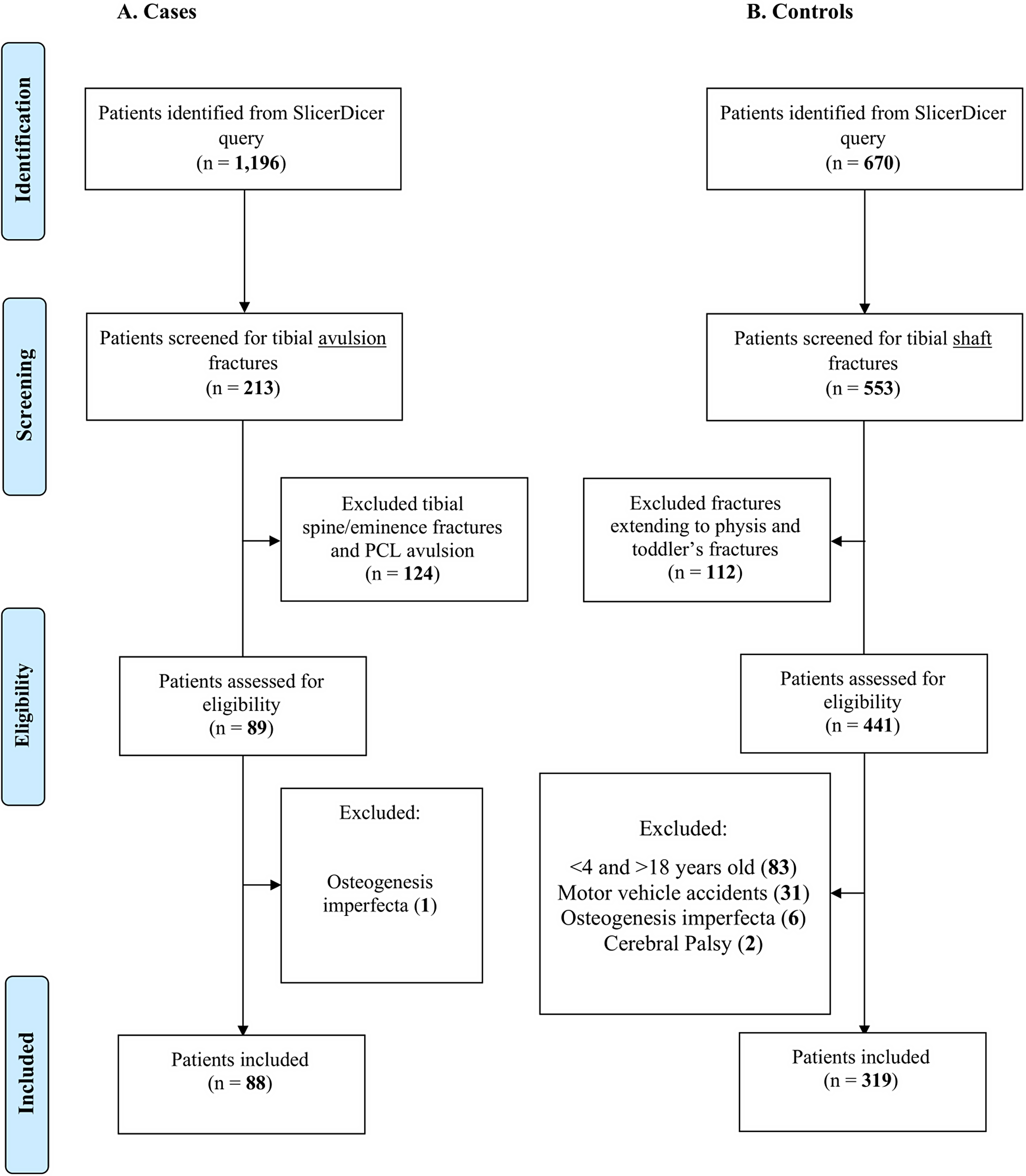Dr. Matt Schmitz, JBJS Deputy Editor for Social Media, offers this post on a new study that explores whether a greater proportion of pediatric patients with physeal avulsion fractures of the proximal tibia were undergoing growth hormone therapy at the time of injury compared with matched controls.
Recombinant human growth hormone (rhGH) therapy is used to treat a variety of pediatric conditions, such as growth hormone deficiency, small for gestational age (SGA), short stature, Turner syndrome, and Prader-Willi syndrome. Although many patients may benefit from rhGH, there also have been reports of orthopaedic conditions worsening or having higher frequencies related to growth hormone supplementation. The most widely studied has been the incidence of slipped capital femoral epiphysis (SCFE), which potentially may be due to a decrease in physeal strength following treatment with rhGH.
In a new study in JBJS, Beber et al. explore the association between physeal avulsion fractures of the proximal tibia and rhGH therapy. They used a case-control study design to examine whether a greater proportion of pediatric patients with physeal avulsion fractures were receiving rhGH at the time of their injury compared with matched controls. The study, performed at the Hospital for Special Surgery in New York, is available at JBJS.org:
The investigators identified patients aged 4 to 18 years who sustained proximal tibial physeal avulsion fractures over a 7-year period. Exclusion criteria included tibial spine fractures, high-energy fractures such as from motor vehicle accidents, and comorbidities associated with a greater risk of fracture (e.g., osteogenesis imperfecta or cerebral palsy). The researchers created a control group of patients with tibial shaft fractures who were matched on the basis of age, sex, and body mass index (BMI), again excluding patients with fractures from motor vehicle accidents or comorbidities that increase fracture risk as well as tibial fractures that extended into the physis.
Ultimately, 132 patients were included in the analysis (66 patients with proximal tibial physeal avulsion fractures and 66 controls with midshaft tibial shaft fractures). The mean age in each group was 13 years, and in each group, 82% of the patients were male. Mean BMI was 21.8 kg/m2 in the physeal avulsion fracture group and 21.2 kg/m2 in the control group (p = 0.36).
Study Findings
The researchers found that 11% (7 of 66) of the patients with a physeal avulsion fracture were receiving rhGH therapy at the time of injury compared with 0% of the patients in the matched control group (odds ratio, 15.0 [95% confidence interval, 1.8 to 1,946.7]; p = 0.007).
The proportion of patients with a sports-related mechanism of injury did not differ between the 2 groups (70% in the physeal avulsion fracture group vs. 67% in the control group). Within the physeal avulsion fracture group, the researchers found that being on rhGH was not associated with a higher rate of surgical intervention (43% vs. 41%; p = 0.99).
There are numerous case reports in the literature linking rhGH therapy with physeal injuries, but this study is noteworthy because it identifies a 15-times greater odds of rhGH exposure for those who sustained a proximal tibial physeal avulsion fracture compared with matched controls. This brings to light an important potential complication of rhGH warranting further study, both for true prevalence as well as to better understand the scientific mechanism of injury. Such data will help us in counseling patients and families on the potential risks of undergoing treatment with growth hormone therapy. Although growth hormone therapy has been praised for helping young patients, the treatment may not be without risk for some.
Access the article by Beber et al. at JBJS.org: Strong Association Between Growth Hormone Therapy and Proximal Tibial Physeal Avulsion Fractures in Children and Adolescents. A Case-Control Study
JBJS Deputy Editor for Social Media




